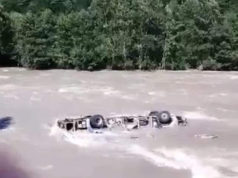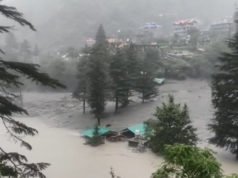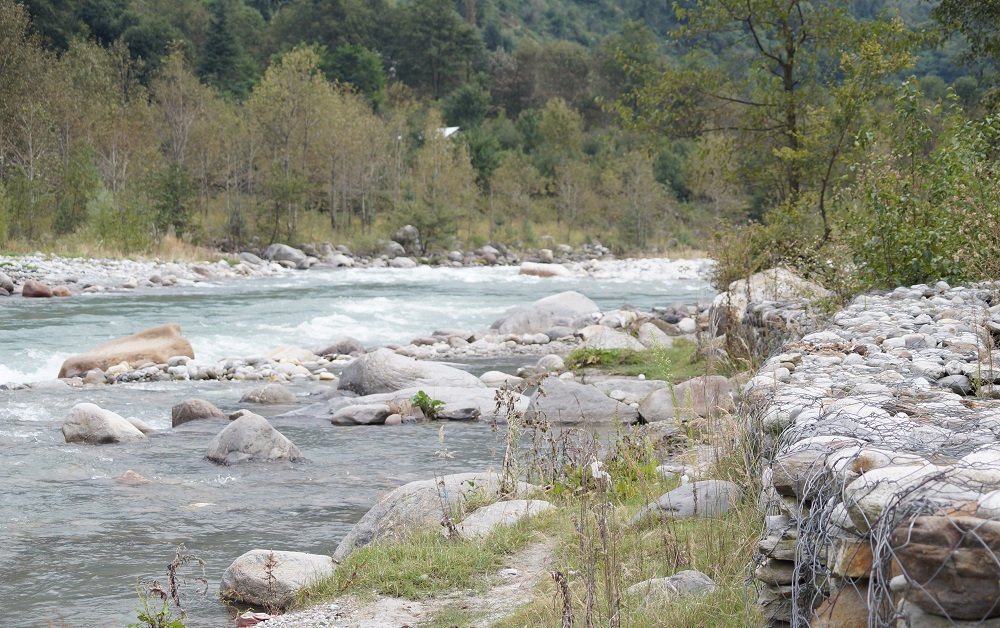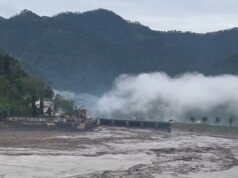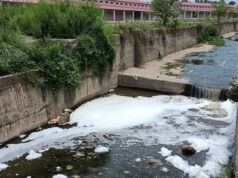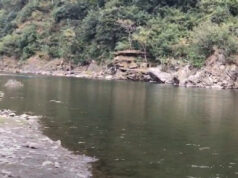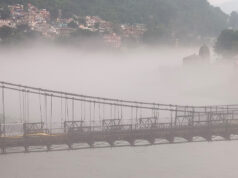Beas River Water Quality Declines, Sirsa River Severely Affected by Industrial Waste, Smaller Rivers Facing Pollution Crisis; Inadequate Treatment Capacity Worsens Crisis
Shimla: The water quality in major rivers of Himachal Pradesh, including the Beas, Sutlej, Yamuna, Giri, and Sirsa, has fallen below national standards in several areas, according to the latest annual report released by the State Pollution Control Board. The report highlights alarming levels of pollution in the state’s key water bodies, with about 210.5 million liters of polluted water being generated daily. However, the capacity of sewage treatment plants (STPs) across the state is only 119.5 million liters per day, and only 80.8 million liters of that are being treated effectively.
As a result, nearly 129.7 million liters of untreated sewage and waste are being discharged directly into rivers each day. The report identifies urban sewage, industrial effluents, and agricultural runoff as the primary sources of pollution.
The report paints a grim picture of the Beas River, where water quality has shown a consistent decline. While the river’s water quality in the upper reaches above Manali remains relatively good, the situation worsens downstream. The water quality in these areas has been classified under ‘C’ category, indicating poor conditions. The concentration of coliform bacteria, harmful to human health, has been found to exceed dangerous levels in several parts of the river.
The condition of the Sirsa River, particularly downstream from Baddi and Kala Amb industrial areas, is noted as extremely concerning. The biological oxygen demand (BOD) levels in these areas have been found to be multiple times higher than national standards. This high BOD has led to dangerously low oxygen levels in the water, posing a serious threat to aquatic life.
Even smaller rivers like the Giri and Ashwini Khad are not spared from the pollution crisis. The Ashwini Khad, in particular, has been classified as ‘C’ category, with severe pollution levels recorded at the point where urban drainage merges with the river. The concentration of coliform bacteria and BOD in the Ashwini Khad is reported to be several times higher than permissible limits, raising concerns about both public health and the environment.
The report highlights that Himachal Pradesh’s STPs are underperforming. While the state generates 210.5 million liters of sewage daily, the treatment capacity stands at 119.5 million liters per day, with only 80.8 million liters being properly treated. This leaves nearly 130 million liters of untreated wastewater flowing into rivers and water bodies daily, exacerbating the pollution crisis.
Anil Joshi, Member Secretary of the State Pollution Control Board, emphasized that water quality assessments were conducted monthly at 243 locations across the state. These assessments included 191 river water samples, 52 groundwater samples, and samples from other water sources. The findings have prompted calls for urgent action to improve sewage treatment infrastructure, regulate industrial waste, and monitor agricultural runoff to prevent further degradation of the state’s rivers.
As water pollution worsens, the state’s rivers, which are vital for drinking water, agriculture, and wildlife, are facing a growing environmental crisis. Immediate and coordinated action is necessary to reverse this alarming trend and safeguard the health of both the population and the ecosystems dependent on these water sources.


